A scheme slapping extra council tax on homes left empty for long periods of time has raised almost £500,000 for Aberdeen City Council.
The 100% council tax levy is intended to be an incentive for owners to put the work into getting people back into vacant buildings.
More than £460,000 has been collected since 2018, which could now be used by the local authority to hire another Empty Homes Officer to turn up the heat even further.
Anu Kasim, who has served in that role single-handedly since she was hired four years ago, has succeeded in bringing 458 properties across the city back into use so far.
Broken down by postcode, the area of the city with the highest number of buildings brought back to use since then was AB24.
That covers Hilton, Old Aberdeen and most of the beachfront.
The officer’s work, tracking down abandoned buildings and their owners, has helped to make an impact the city ranked last year as the worst in Scotland for unoccupied homes.
How does the empty properties levy work?
The 100% council tax levy is one of several tools available to the local authority as they try to encourage new life back into places in Aberdeen that have been left vacant.
The additional levy can be charged on properties left empty for a year or more without being put on the market for sale or rent.
It can also be applied to properties being actively marketed, as long as they have not been occupied for two years or more.
It will keep being charged every year until the building is brought back into use.
Council documents suggest the sum raised by the scheme could be pushed “much higher” if the £460,000 already collected was used to employ more staff.
How big is the problem in Aberdeen?
Figures released in June by the National Records of Scotland show Aberdeen has the highest proportion of vacant houses out of Scotland’s cities, and the second-highest of all Scottish council areas.
There were 8,200 empty homes in 2021, the statistics body said, making up 6.7% of the city’s residential properties. Only the Western Isles had a higher percentage.
Aberdeen also had the second-highest proportion of long-term vacant dwellings, meaning places where nobody has lived for six months or more: 4.9%, or 6,000 homes.
A year ago, bosses at Aberdeen City Council approved a policy to serve compulsory purchase orders to owners who could not be reached and whose buildings were deteriorating “to an unacceptable extent”.
Explaining the policy, they said: “The Scottish Empty Homes Partnership estimates that the cost of a new build property far outweighs the cost of refurbishing an empty home as the infrastructure and local services are already in place when bringing an empty home back into use.
“Further, there is a multiplier effect on the economy in bringing an empty home back into use by restoring confidence in the local economy and property market.”
Similar efforts are being made to tackle the number of empty council houses in the city, and to find the owners of properties on Union Street so the stretch of road can get a facelift.
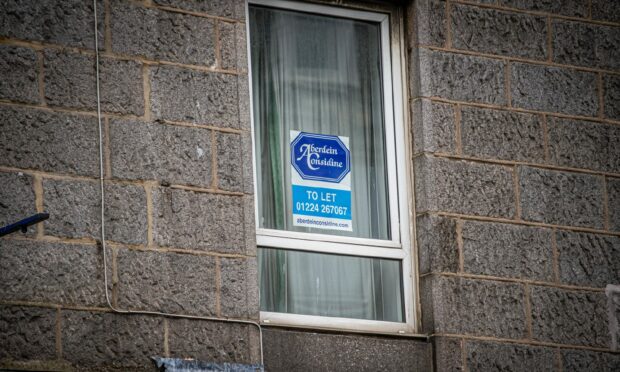
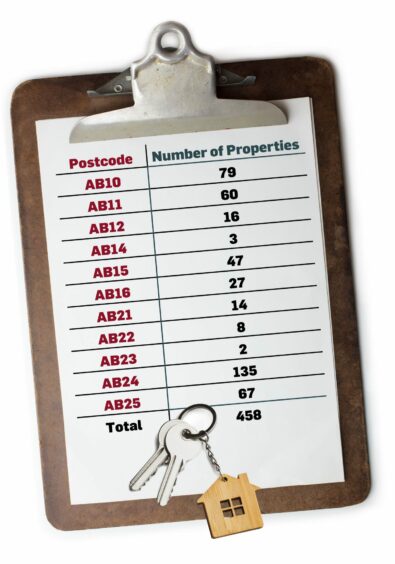
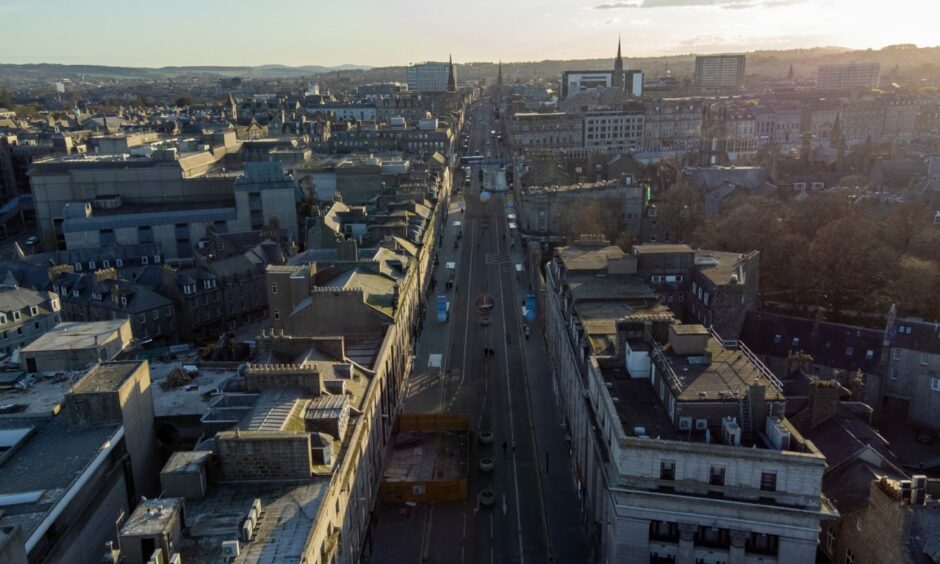
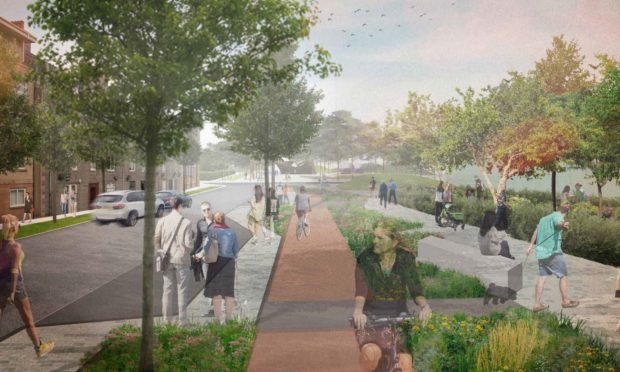
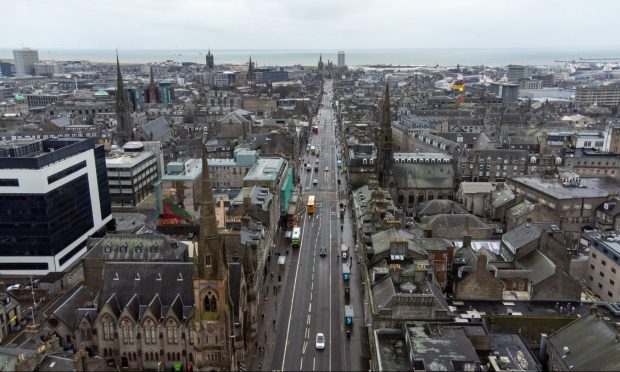
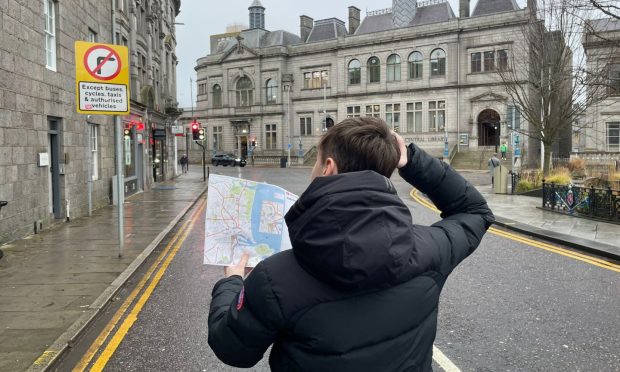
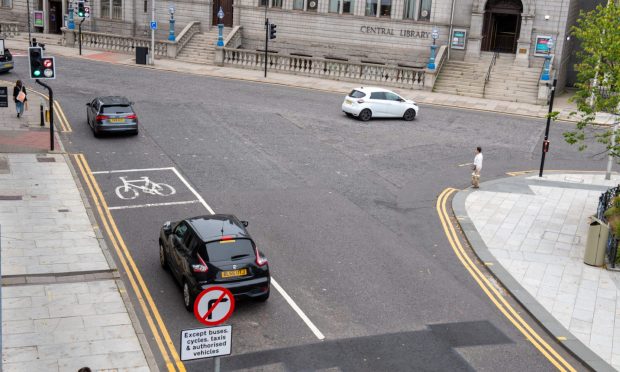
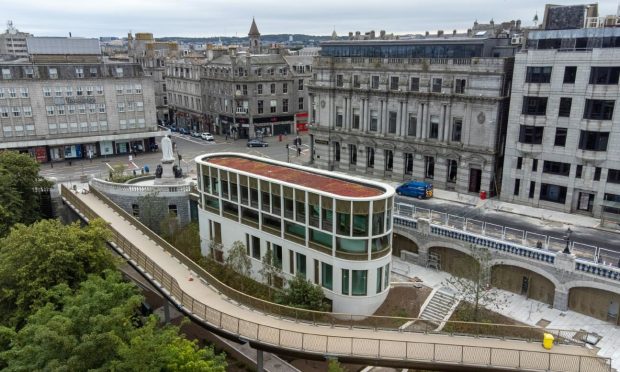
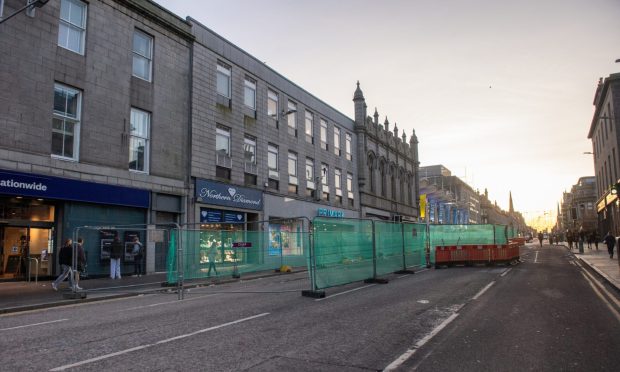
Conversation